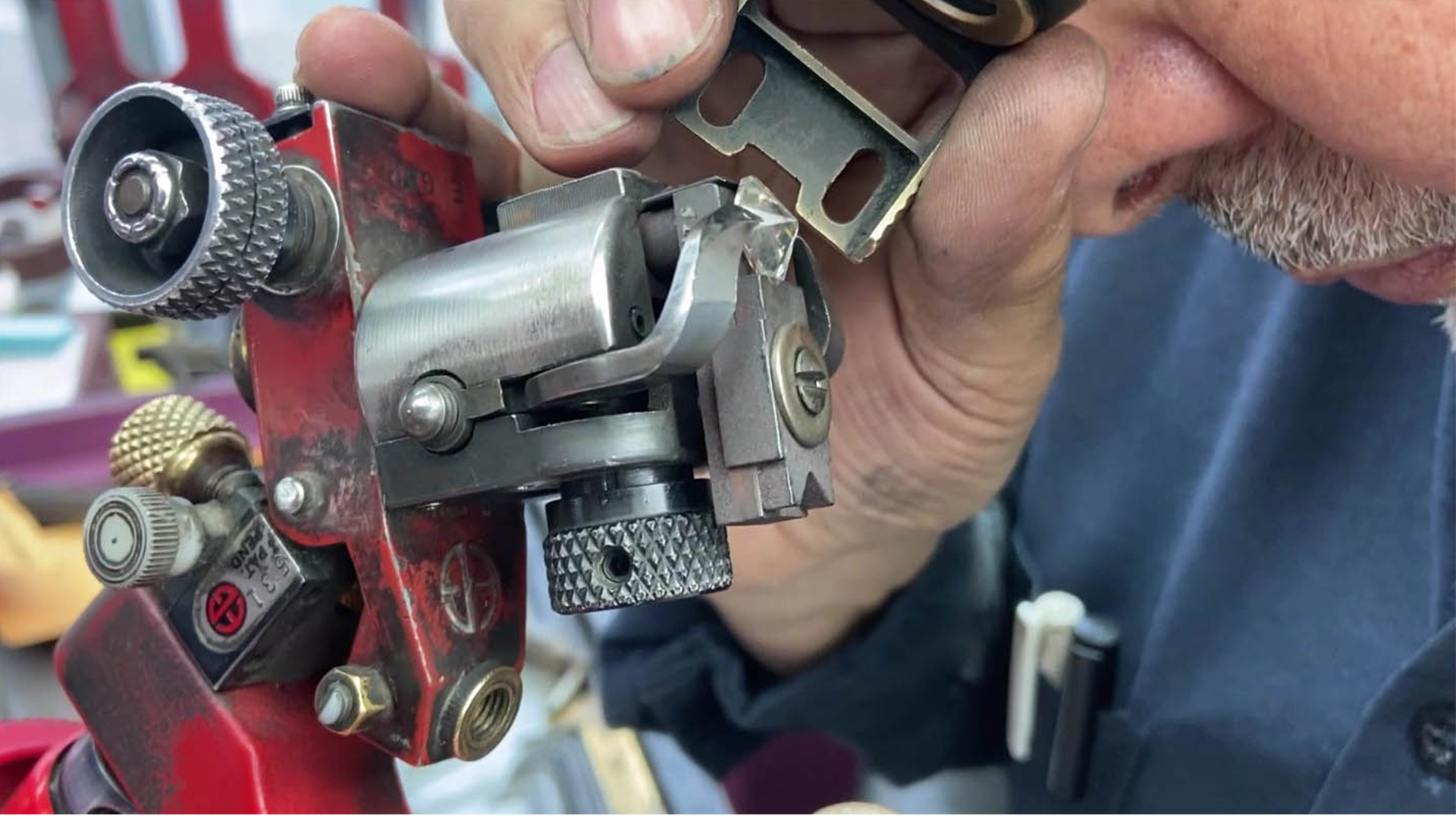When it comes to the 4C’s – carat weight, color, clarity and cut — cut is perhaps the most important one. Whether you are aware of it or not, you’re noticing cut, it’s what makes a stone sparkle spectacularly or fall flat. You may look at a diamond and think it looks amazing, or you may look at it and think that something is not quite right — again it is often cut that you are perceiving. Legendary diamantaire William Goldberg was a strong proponent of cut bringing out the beauty in a diamond and he coined the eponymous firm’s tagline “The Magic is in the Make”. Make is a diamond dealer’s shorthand for cut.
What is Cut?
So what exactly does cut mean? Cut is the arrangement of facets on a stone, while shape is the geometric form – round, pear, marquise, etc. — that is created during the cutting process. Cut is what gives a stone sparkle and brilliance – the return of white light that makes a diamond bright and lively. A skilled diamond cutter can take a rough diamond that is not so great and make it into an amazing gem. So what exactly is a good cut and how does a cutter know what to do?
Master diamond cutter William Lopez, of William Goldberg talks about what he looks for when he starts to cut a diamond. “When I look at any rough diamond, I decide what will be the biggest, cleanest stone that I can get from the rough,” explains Lopez, who has been cutting diamonds for 52 years. “Then I look at the options, will it be round, emerald or cushion and I give my opinion as to the best way to cut the rough.”
Cut Gives Diamonds Character
According to Saul Goldberg, president of William Goldberg and the second generation in the family business, cut is subjective, each person will have a different opinion about what they like. Cut, he says, is what gives a diamond its character. “A diamond can look great on paper, such as a 10-carat D, flawless, but if it doesn’t have the right cut, it won’t look right when you see it.”
Referencing fancy shape diamonds (anything that is not round) William Goldberg, executive vice president Barry Berg, notes that “the brilliance and life of a diamond is determined by the cut, each cut has to be shaped a certain way to look its best.” That means that not only do the facets on the diamond need to be placed optimally, but the end result has to have the right proportions. Those proportions will vary depending upon the shape of the stone, but generally you want a gem that is not stubby or too elongated.
“With cut you are trying to get the best brilliance and refraction of light,” agrees Lopez, whose father was a diamond cutter who learned the trade in Puerto Rico and then came to New York City to work. “A cutter is dealing with angles. Top to bottom and bottom to top, certain angles reflect light better. If a stone is too deep on the bottom it will be dark, if it is too shallow it will look glassy. There has to be light bouncing back from the facets to create sparkle.”
Benjamin Goldberg, chief gemologist at William Goldberg is Saul’s son and the third generation to be part of the business, has a slightly different take on the topic. “Cut is a visual aspect of a stone,” he notes. “But clarity can be more important. No one wants to see imperfections.”
Still a well-cut diamond can in some instances minimize the imperfections in a diamond, depending upon where they are in a piece of rough, they can be eliminated altogether or they may land in an area of the finished diamond that is less intrusive.
What Makes a Well Cut Diamond?
So back to our first question, what makes a well cut diamond? “For me, the angles, polish and symmetry all have to be really good. I put a little bit of me into each stone,” says Lopez who learned to cut diamonds from a cutter and friend — Tony Borrero — who worked in the shop where his dad worked. “Every cutter does something a bit different. It comes from my experience and what I’ve learned over the years. It’s almost a signature. With round stones you pretty much go by the angles, but with fancy shapes you can put more of your artistry into it.”
Ultimately the beauty of cut is, like so many other creative expressions, a highly personal decision based on your own tastes and what your eye perceives as beautiful. At William Goldberg the company principals agree that they prefer to sell a diamond in person, where someone actually looks at the stone rather than selling it based on a gemological laboratory report.
“It comes down to the beauty and character of a diamond,” concludes Saul Goldberg. “You can’t be hung up on the grading report. You have to look at the stone and see how it strikes you. Is it sexy? Does it look good? The stone will talk to you. After all the magic is in the make.”
Featured image (top of page): Diamond cutter William Lopez examines a diamond that he is cutting.
Authored by Amber Michelle
